Introduction to Multilingual Chess Computers
Chess, a game with ancient roots, has seen a transformation over the centuries, evolving with technology to become more accessible and engaging. One significant development in the realm of chess is the advent of chess computers, which are not only designed to challenge human intellect but also cater to a global audience through multilingual support. This article delves into the world of multilingual chess computers, exploring their technology, benefits, and the impact they have on players around the world.
The Rise of Chess Computers
The development of chess computers began in the mid-20th century, with the aim of creating machines that could play chess against human opponents. The evolution from basic programs to advanced algorithms capable of defeating grandmasters has been marked by significant milestones, such as IBM's Deep Blue's victory over Garry Kasparov in 1997. Today, chess computers not only offer formidable opposition but also come equipped with multiple language options to serve a diverse global community.
Technology Behind Multilingual Chess Computers
Modern chess computers are powered by artificial intelligence (AI) and machine learning algorithms that enable them to learn from past games and improve over time. These devices are equipped with processor units dedicated to handling complex chess algorithms and databases of past chess games to analyze. The multilingual capabilities are integrated through software that includes various language packs, allowing the user interface to switch seamlessly between different languages, ensuring accessibility to non-English speaking users.
Examples of Leading Multilingual Chess Computers
Several prominent models stand out in the market today:
- DGT Centaur: Known for its adaptive intelligent chess gameplay, it offers various language settings including English, German, French, and Spanish.
- ChessGenius Pro: This model is celebrated for its high playing strength and offers settings in English, German, French, Dutch, Spanish, Italian, and Russian.
- Millennium Chess Computer: Advanced technology and multiple language options make this a popular choice among international chess enthusiasts.
Benefits of Multilingual Support in Chess Computers
The inclusion of multiple languages in chess computers brings several advantages. Primarily, it democratizes the game, breaking language barriers that can deter non-English speaking players from using these technologies. This has significant implications for learning as players can receive instructions and tips in their native languages, which enhances understanding and engagement.
Improved Accessibility
By offering multiple languages, manufacturers ensure that chess computers are more accessible to a worldwide audience. This inclusivity encourages more players to engage with chess, promoting the game on a global scale.
Educational Impact
Multilingual chess computers serve an educational purpose by helping to teach the game to beginners. The language options allow novice players to learn moves and strategies in their most comfortable language, which can accelerate the learning process and build a stronger foundation in the game's tactics and strategies.
Cultural Respect and Inclusion
Incorporating different languages into chess computer software respects cultural diversity and acknowledges the global appeal of chess. This can foster a greater sense of inclusion among players from different linguistic backgrounds, encouraging a richer, more diverse chess community.
Challenges in Designing Multilingual Chess Computers
Creating multilingual chess computers comes with its own set of challenges. Developers need to ensure that translations are accurate and that all interfaces, including voice commands or digital texts, adhere to cultural nuances. There is also the technical challenge of integrating extensive language databases into limited hardware without compromising the performance or speed of the chess algorithms.
Technical Constraints
The inclusion of multiple languages must be managed without impacting the efficiency of the chess computer. High-performance processors and optimized software are crucial to handle the demands of both multilingual support and complex chess computations.
Cultural and Linguistic Accuracy
Maintaining accuracy in translation and cultural appropriateness is crucial. Developers often work with linguistic experts and native speakers to ensure that the software is not only linguistically accurate but also culturally respectful.
The Future of Multilingual Chess Computers
As AI technology advances, so too will the capabilities of chess computers. Future iterations will likely feature even more language options and smarter AI, capable of providing personalized coaching to players based on their gameplay. The potential for integrating voice recognition and other interactive features could further enhance the user experience, making chess an even more engaging and inclusive game globally.
In conclusion, multilingual chess computers represent a fascinating intersection of technology, language, and gaming. By breaking down barriers and making the game accessible in many languages, these devices not only promote chess as a global sport but also encourage cultural exchange and understanding among its players.
Explore our large collection of beautiful chess sets!




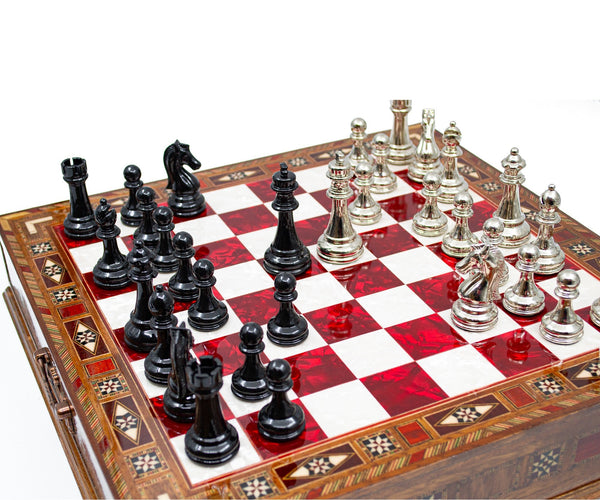
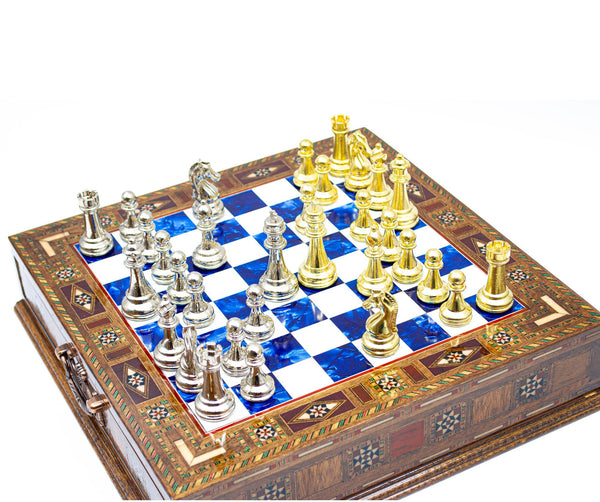
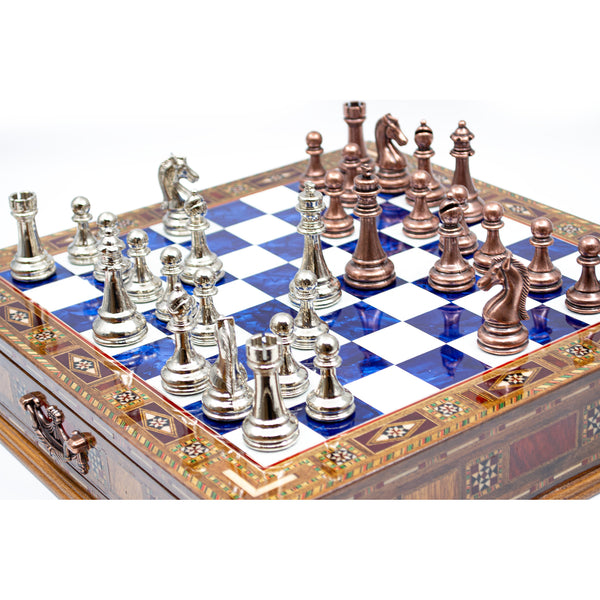











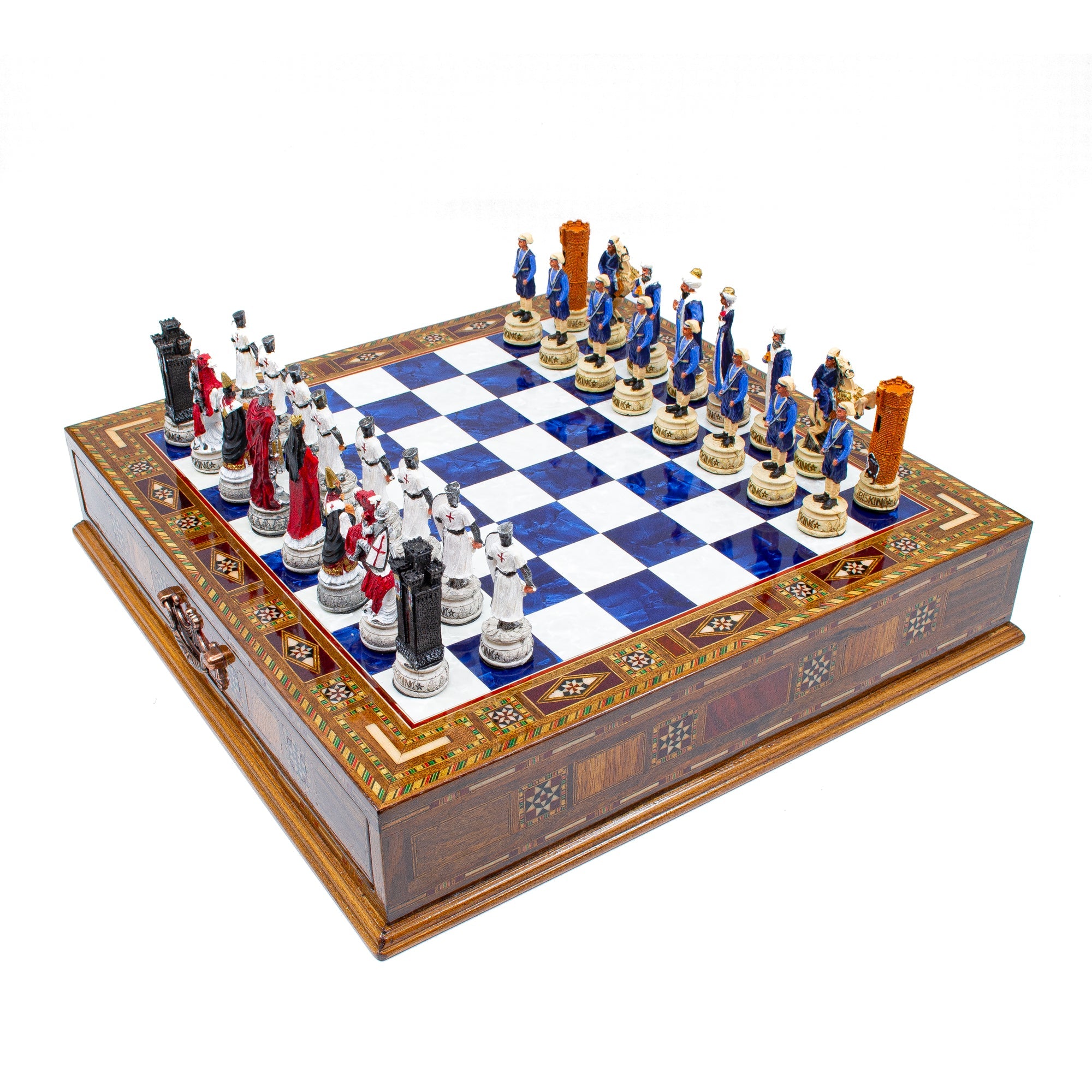
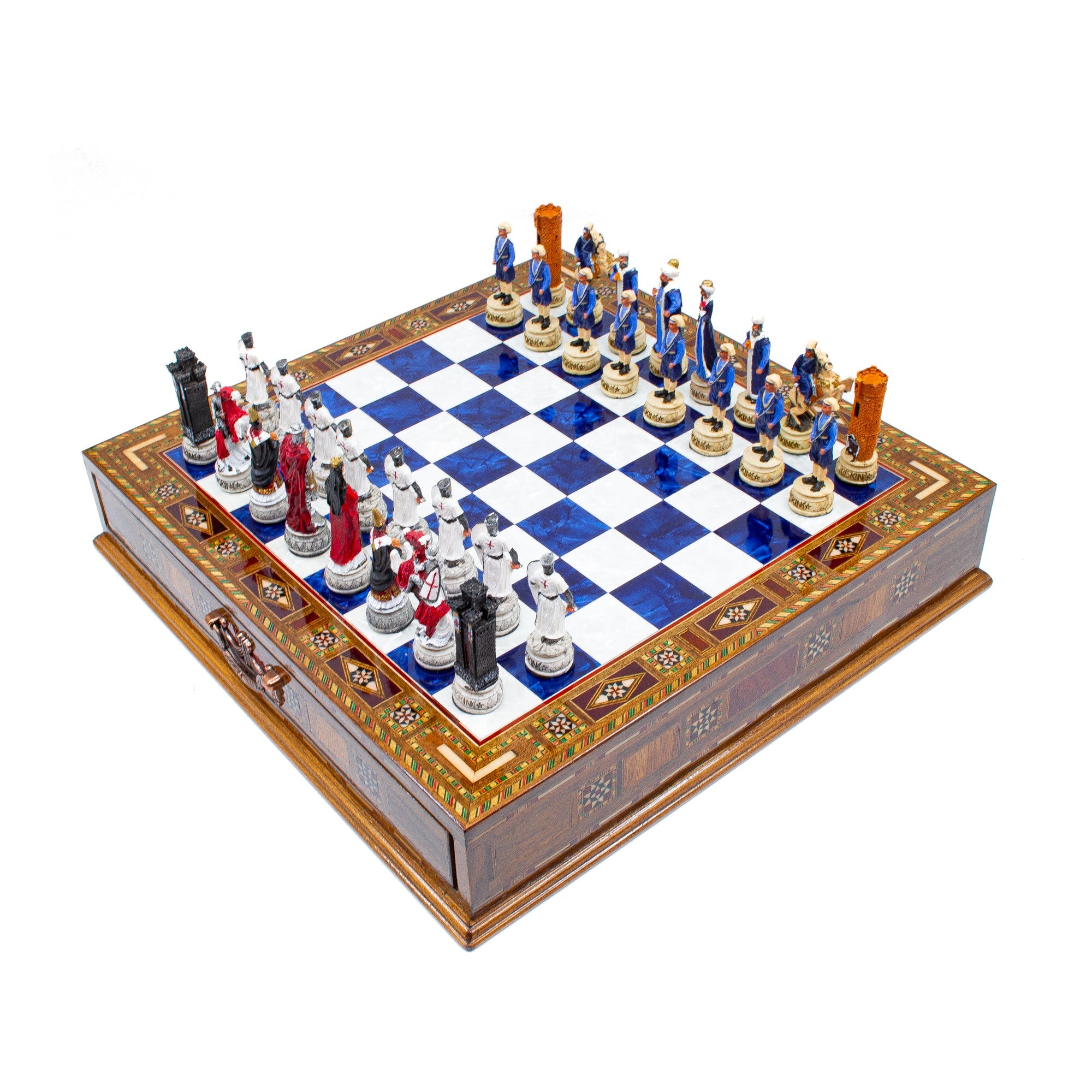
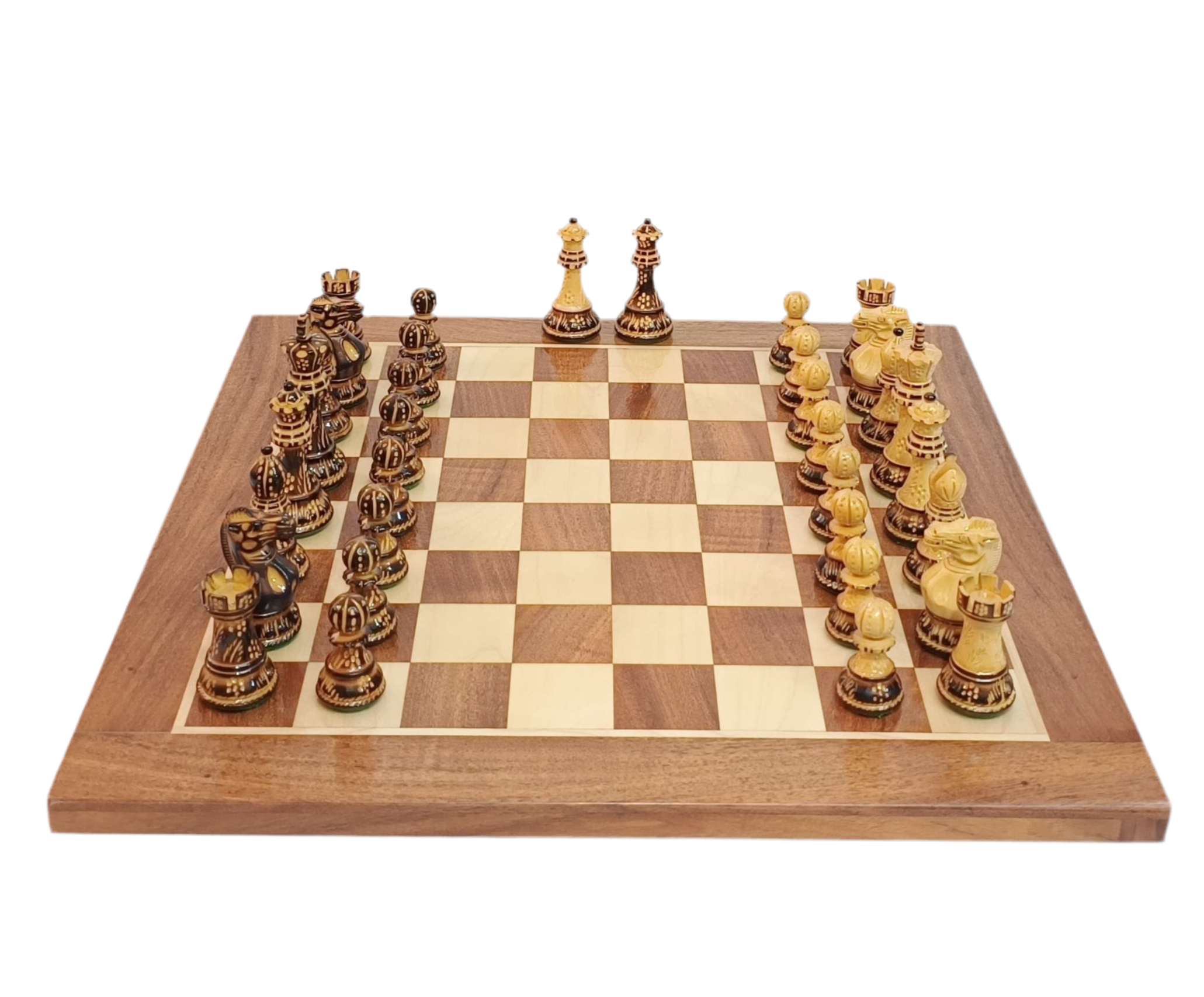
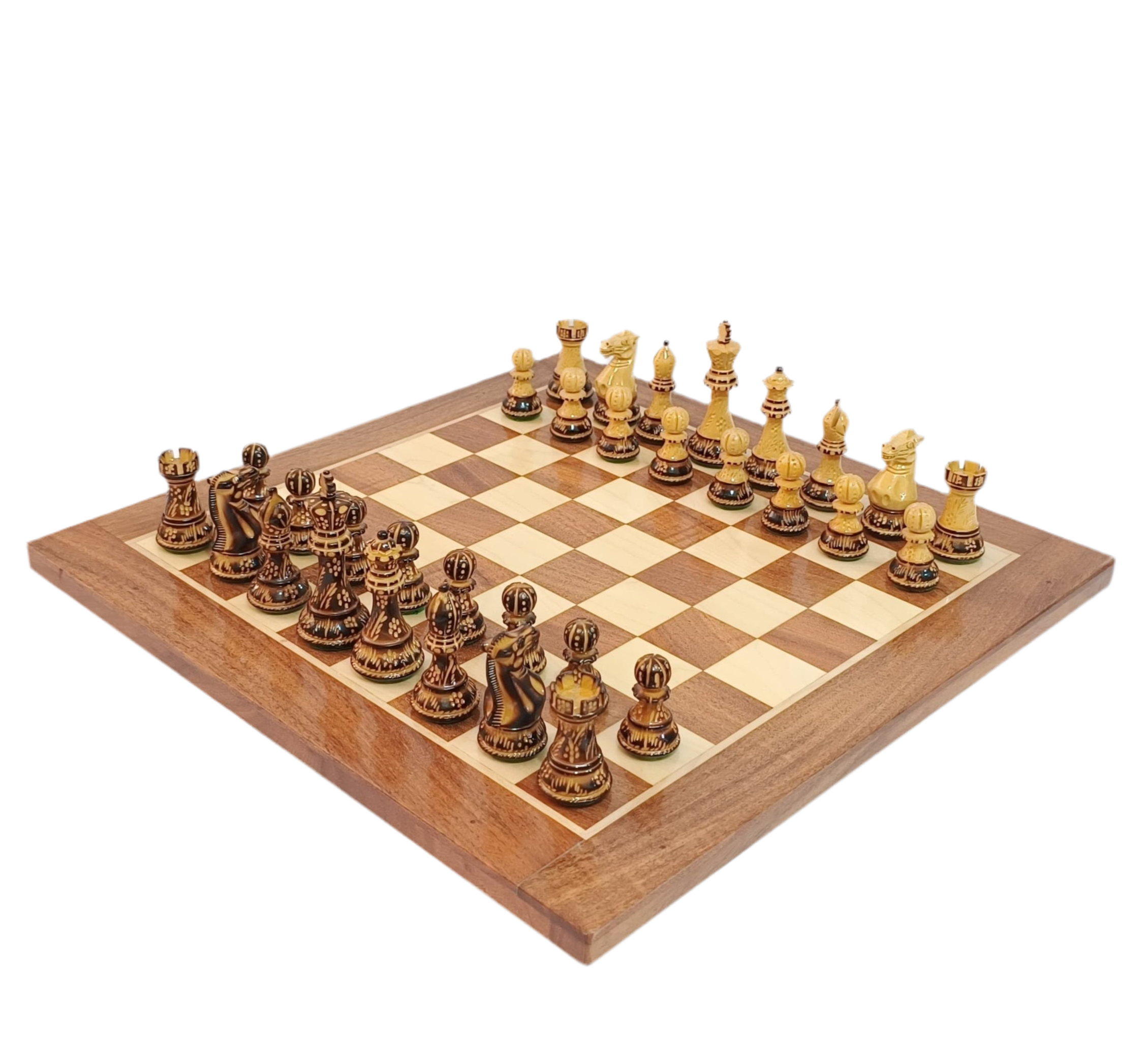





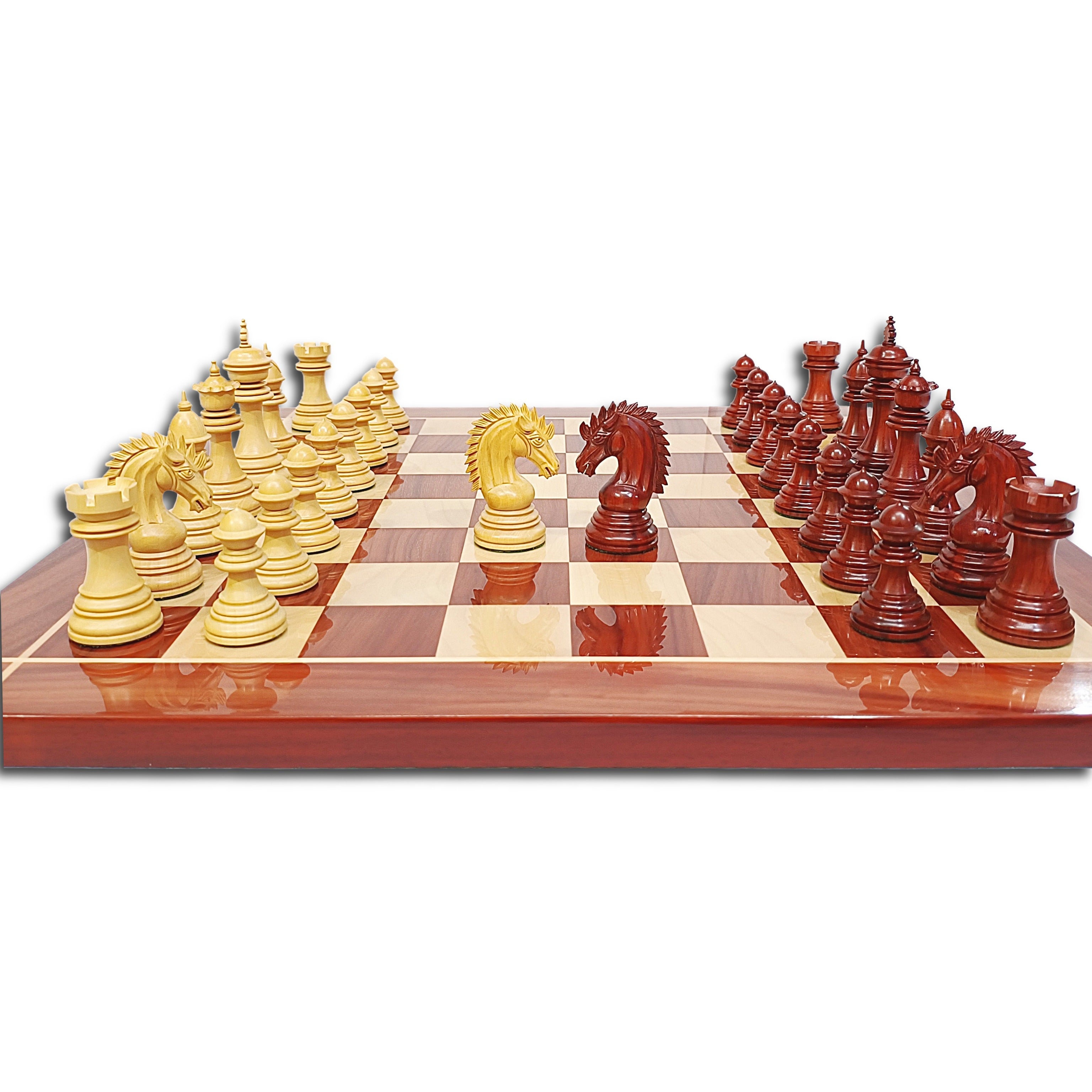










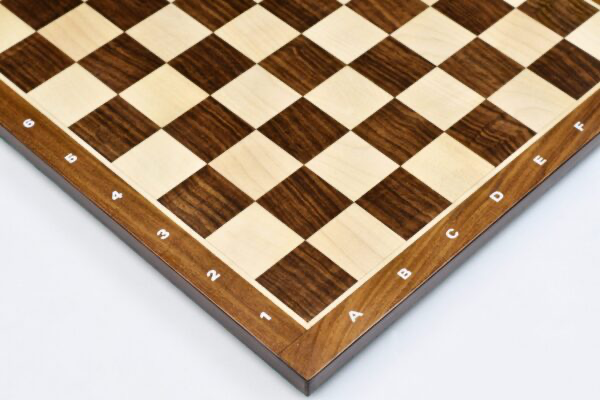
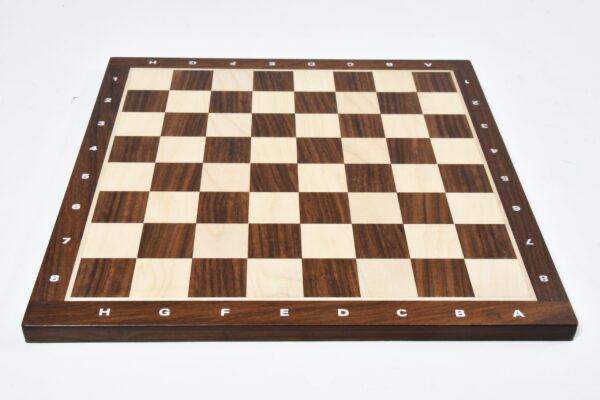
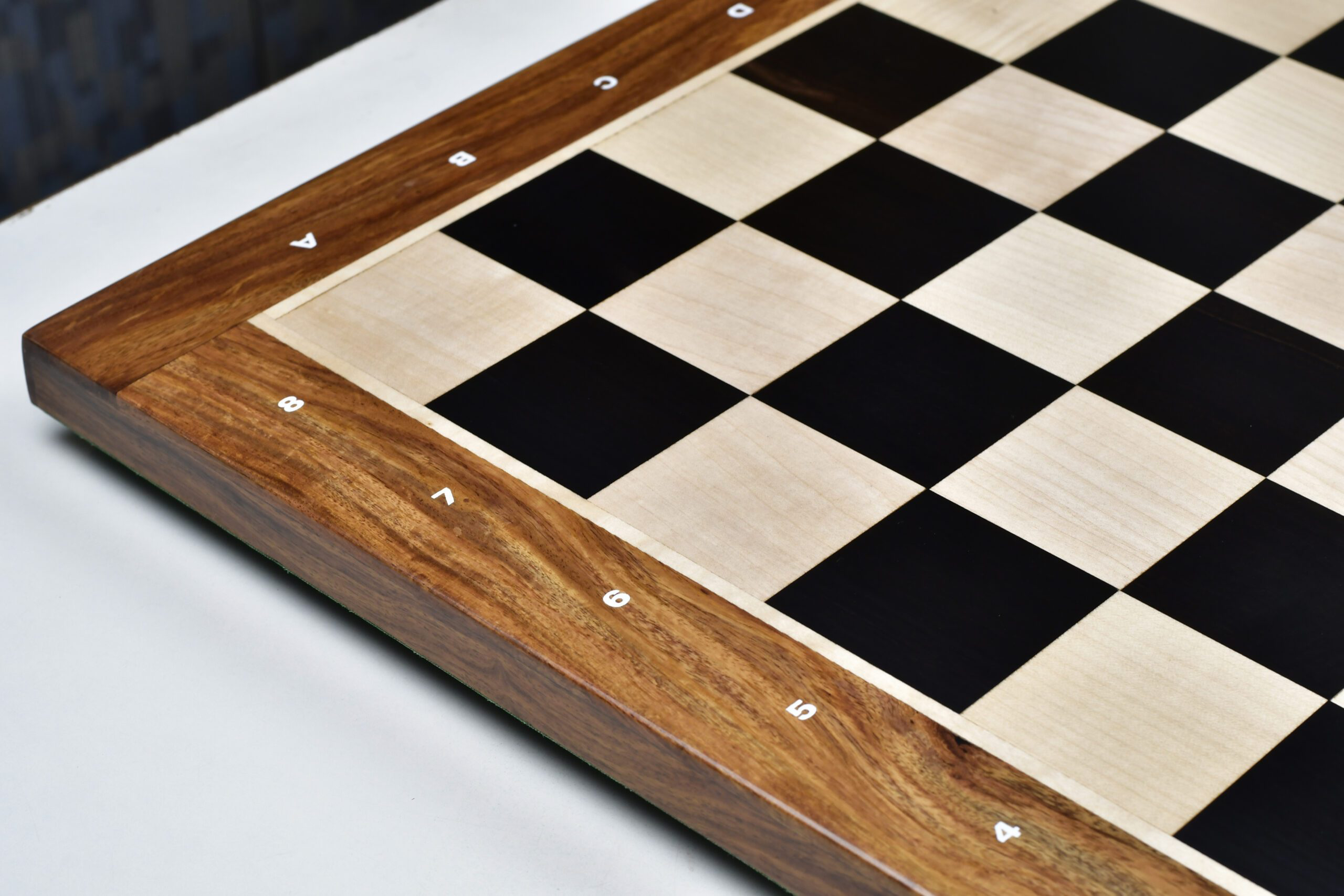
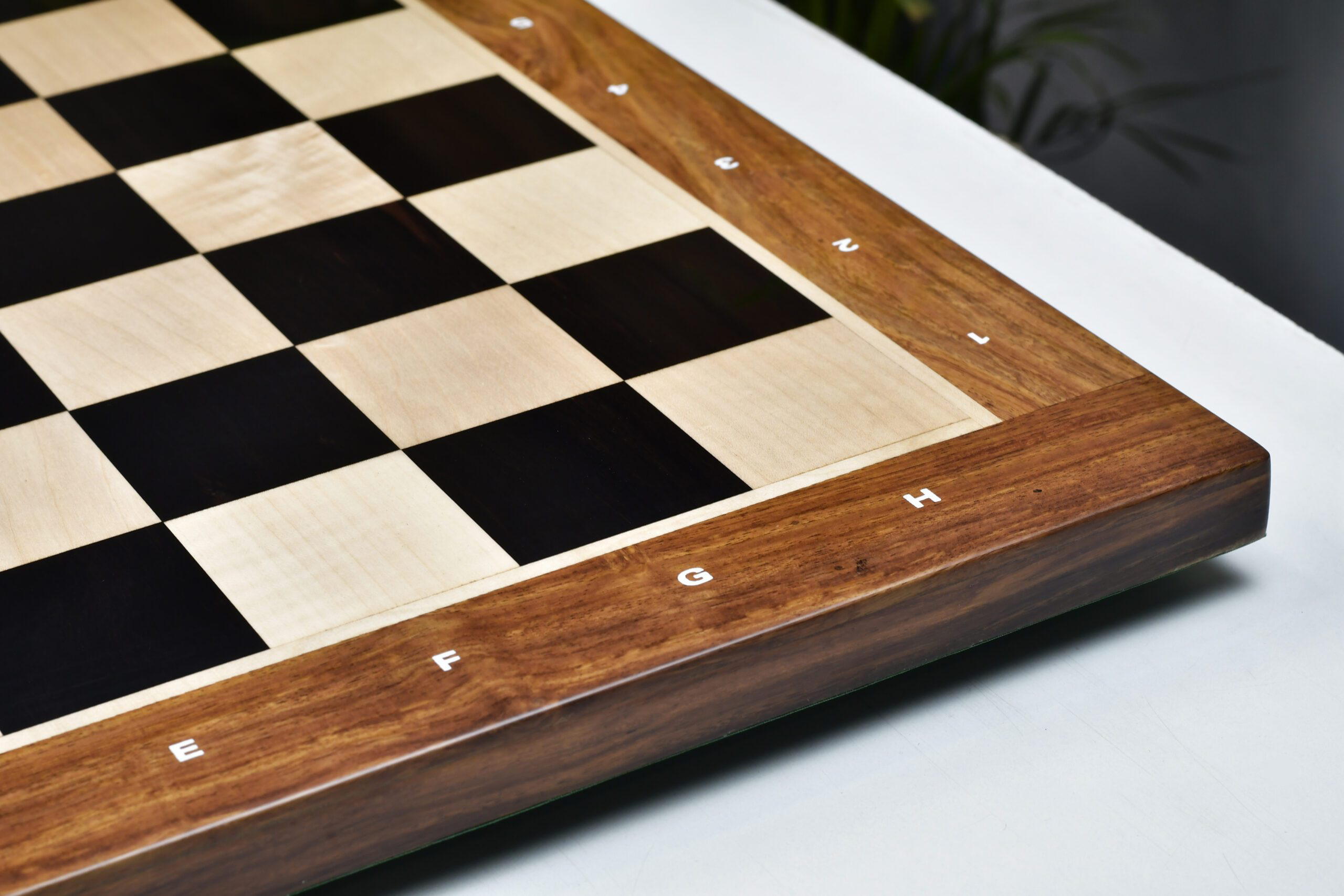


Leave a comment
All comments are moderated before being published.
This site is protected by hCaptcha and the hCaptcha Privacy Policy and Terms of Service apply.